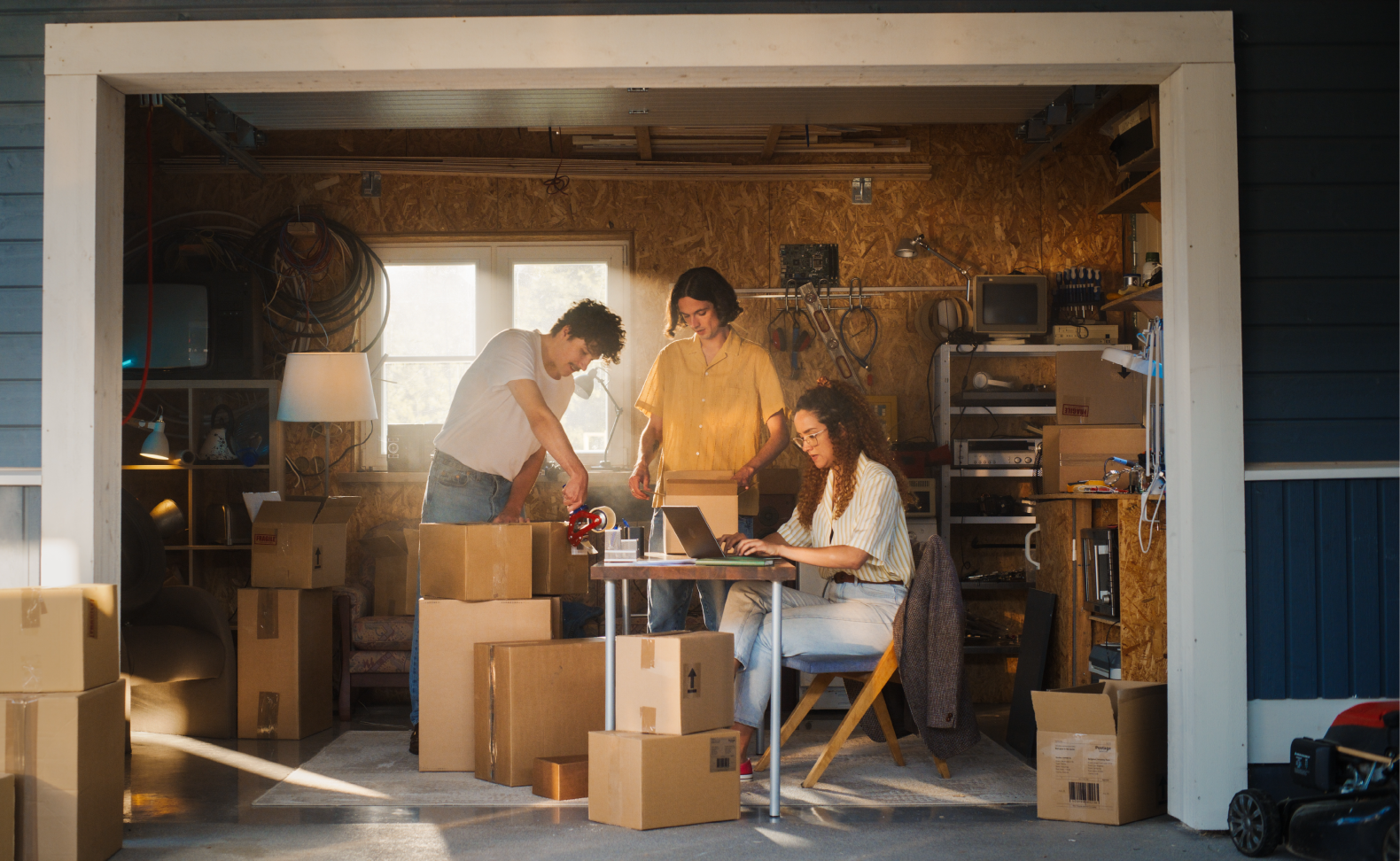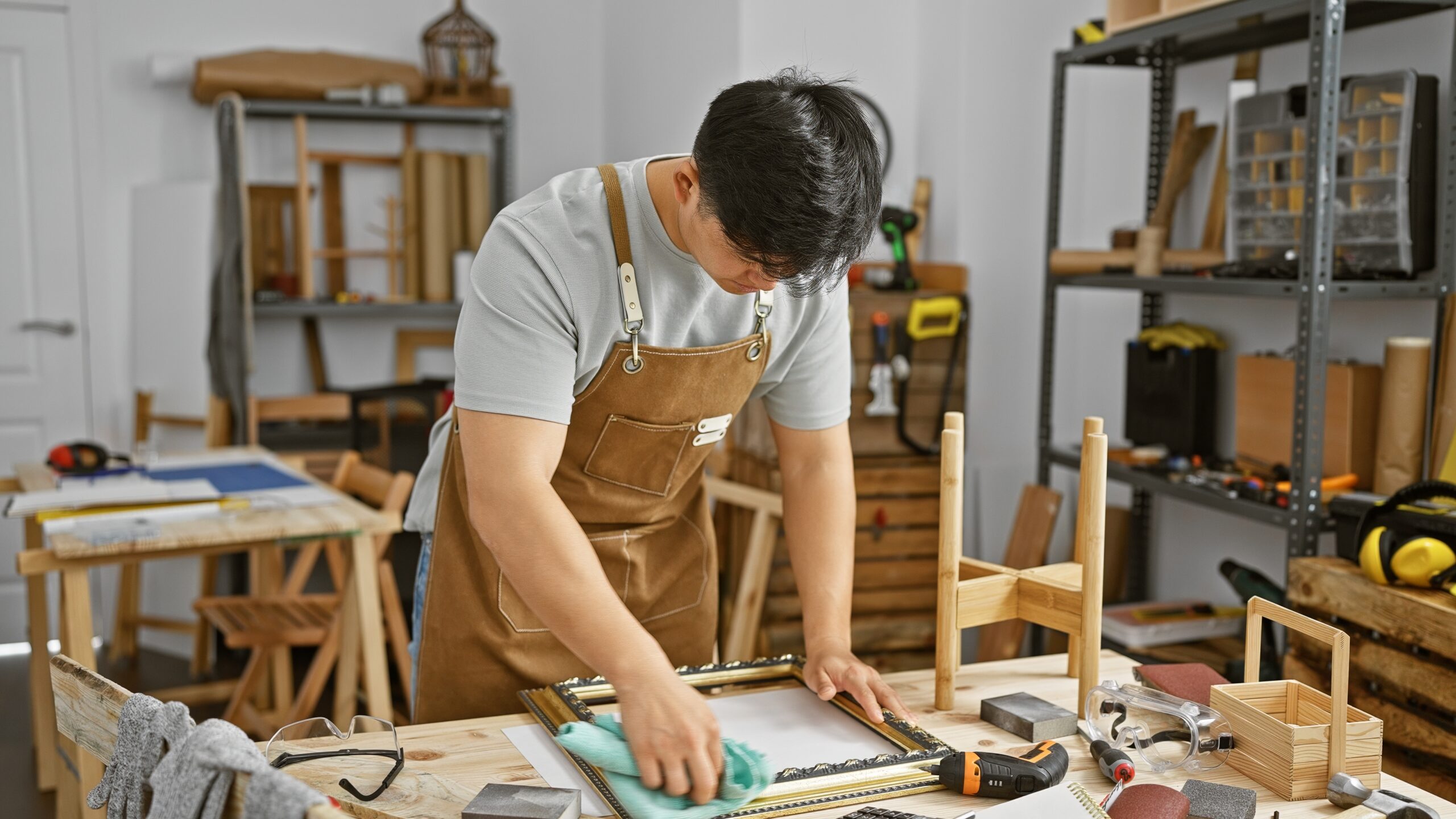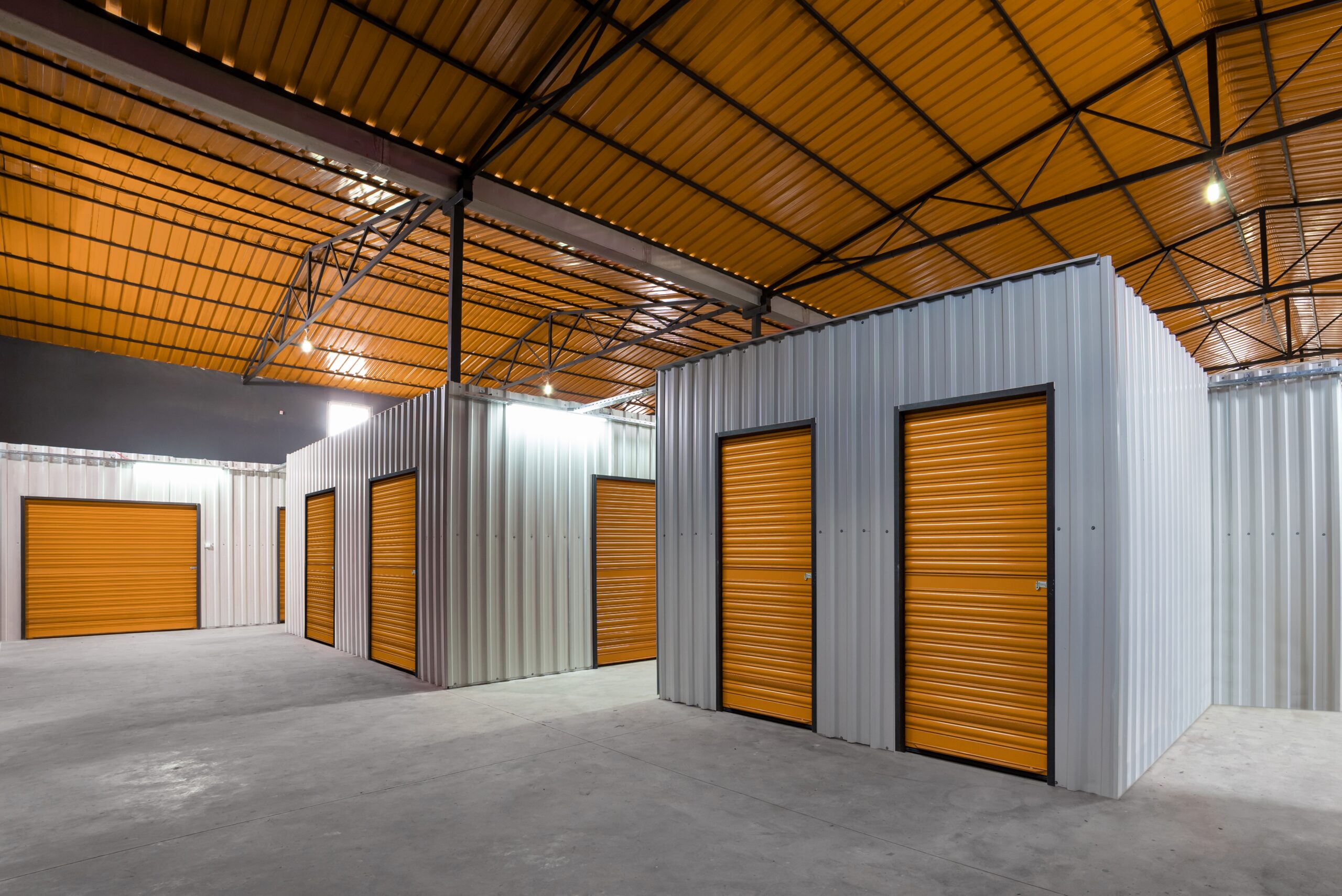Article takeaways
- Self-storage offers lifestyle benefits beyond just storing boxes, helping you reclaim living space and reduce daily stress.
- Life transitions and business growth are common indicators that you’re ready for the benefits of self-storage
- Climate-controlled units protect valuable items like seasonal clothing, business inventory, and family heirlooms from damage.
- Storage units provide flexible solutions for everything from downsizing to launching a side hustle without long-term commitments.
Does opening your front door fill you with dread instead of relief? That pile of boxes in the hallway isn’t going anywhere, your partner’s complaining about the garage again, and you’ve started calling your spare bedroom “the storage room.”
You may be in the middle of a major life transition and suddenly nothing fits quite right anymore. You’re not alone. Over 10% of American households currently rent storage units, and this number continues to rise as our lives become busier and our living spaces become smaller.
Self storage has evolved dramatically beyond those dusty concrete boxes crammed with forgotten items. Today’s facilities offer climate-controlled environments, state-of-the-art security, and flexible access designed to actually enhance your lifestyle. This isn’t about warehousing stuff you never use. Modern storage provides real solutions for active, busy people who need their living spaces to work better.
Throughout this guide, you’ll discover how storage solutions can reduce daily stress, protect valuable items during transitions, support business growth, and give you the breathing room to enjoy your home again. We’re covering seven clear indicators that you’re ready to experience these benefits firsthand. Some signs are obvious, like running out of physical space. Others are more unexpected, like launching a creative hobby or wanting to test a minimalist lifestyle without permanent commitment.
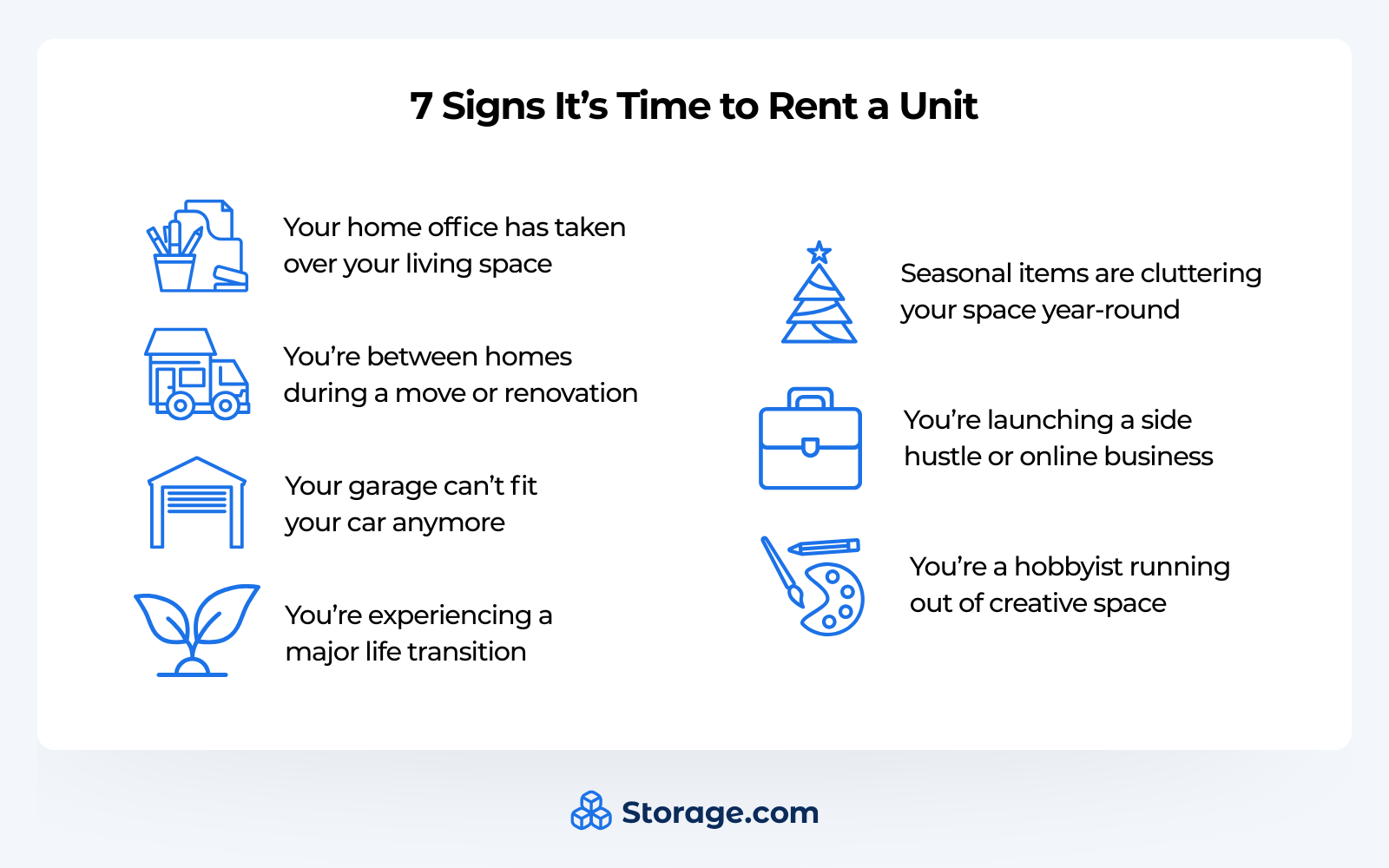
1. Your Home Office Has Completely Taken Over Your Living Space
Remember when your “home office” was just a laptop on the kitchen table? Those days are long gone for many of us. Remote work has blurred the lines between professional and personal space, and suddenly, your living room looks more like a corporate supply closet than a place to relax.
If you’re running a business from home or working remotely full-time, you know the struggle. Filing cabinets crowd the dining area, boxes of printer paper stack up in corners, and your professional equipment competes with family photos for shelf space. When clients video call, you’ve mastered the art of angling the camera to hide the chaos behind you.
A storage unit gives you a dedicated space for seasonal business inventory, archived documents, and equipment you don’t need every day. If you’re running a side business, you get the benefit of nearby inventory storage without shelling out thousands for a commercial warehouse. You can keep active client files and daily equipment at home while everything else stays organized and accessible in your unit.
Some professionals take this further by setting up an office in their storage unit, creating a genuine workspace separate from home. This approach lets you maintain clear boundaries between work and home life without the expense of traditional office leasing.
Pro Tip
Look for storage facilities with extended access hours or 24/7 availability if you need to grab business materials outside regular business hours.
2. You’re Between Homes During a Move or Renovation
Few experiences create more stress than the gap between selling one home and closing on another. Or maybe you’re finally tackling that kitchen remodel you’ve been planning for years, but the thought of living around construction dust and displaced appliances feels overwhelming.
Moving transitions rarely align perfectly. You might need to be out of your old place before your new home is ready, or perhaps you’re staging your house for sale and need to declutter to make it more appealing to buyers. Renovations bring their own challenges: protecting furniture from construction damage, clearing rooms completely for contractors to work efficiently, and keeping your family’s daily routines somewhat normal despite the chaos.
Storage units act as a temporary home for your belongings during these transitions. You can pack up non-essential items weeks before moving day, reducing last-minute stress. During renovations, furniture stays protected from dust, paint splatters, and accidental damage while contractors work.
Many people find that self storage and home renovations work hand-in-hand, actually speeding up project timelines because workers have clear access to every corner. Professional stagers know that empty or minimally furnished rooms photograph better and help potential buyers envision their own lives in the space.
Pro Tip
If you’re renovating, take photos of your stored items before boxing them up. This makes it easier to remember what you have when it’s time to move everything back home.
3. Your Garage Can’t Fit Your Car Anymore
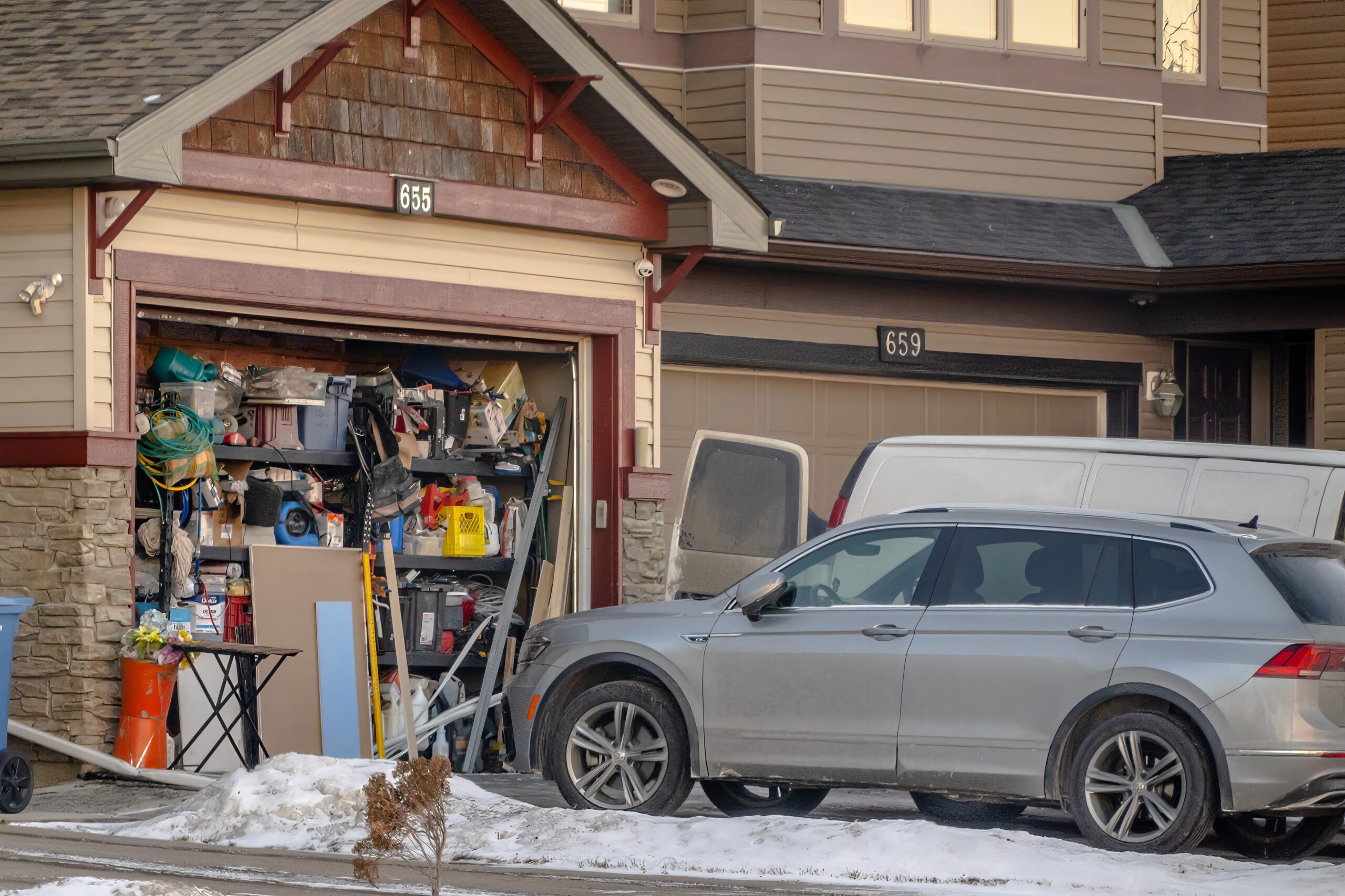
When was the last time you actually parked your car in the garage? If you’re honest, it’s probably been months or even years. Instead, that space has become a catch-all for everything you’re not quite ready to deal with: old furniture, sporting equipment, holiday decorations, tools you inherited but never use, and mysterious boxes labeled “miscellaneous.”
Meanwhile, your car sits in the driveway or on the street, exposed to weather, tree sap, bird droppings, and the occasional hailstorm. You’re essentially using one of the most expensive parts of your property as overflow storage while your actual vehicle suffers the elements.
Reclaiming your garage means protecting your vehicle investment and having functional space for actual garage activities. Whether you want to park your car safely, set up a workshop for woodworking projects, or create a home gym, clearing out the clutter makes it possible. Seasonal item rotation becomes manageable when you have a dedicated storage space for items you only need a few months out of the year.
When comparing garage storage versus a storage unit, the advantages become clear. Storage facilities typically offer better organization systems, climate control for sensitive items, and don’t take up valuable real estate at your home.
Pro Tip
Consider how much you’re effectively paying to store items in your garage by calculating the square footage cost of your home. Storage units often cost significantly less per square foot than residential space.
Need a storage space, like, now? Compare storage units in your area to find the right size and amenities for you.
4. You’re Experiencing a Major Life Transition
Life changes rarely happen one at a time, and they almost always involve dealing with stuff. Getting married means merging two households into one. Divorce requires separating shared belongings. Downsizing to a smaller home after retirement or empty nesting means making tough decisions about items you’ve accumulated over decades.
These transitions are emotionally heavy on top of being logistically complicated. You’re not ready to permanently part with your grandmother’s china, but it doesn’t fit in your new, smaller dining room. The baby furniture holds precious memories even though your youngest is starting college. You want to honor your past while moving forward into your new chapter.
Storage provides breathing room when emotions are running high. You don’t have to make permanent decisions about belongings while simultaneously dealing with major life changes. College students can store dorm items over summer break instead of hauling everything home. Empty nesters can hold onto childhood memories and furniture for when adult children eventually need them.
Blending households becomes way less stressful when you can take your time combining two sets of belongings instead of rushing decisions. Managing a deceased loved one’s estate needs the same patience. Temporary storage gives families time to sort through belongings and share heirlooms without racing against deadlines.
Pro Tip
Label boxes with categories like “definitely keep,” “maybe,” and “decisions for later” to make the eventual sorting process easier when you’re ready.
5. Seasonal Items Are Cluttering Your Space Year-Round
That inflatable snowman looks festive in December, but takes up serious real estate in your hall closet the other eleven months of the year. Same goes for patio furniture that’s only comfortable from April through September, ski equipment gathering dust in summer, or the artificial Christmas tree that barely fits back in its box.
The math is simple but frustrating: items you use seasonally take up full-time space in your home. Holiday decorations, sports equipment, gardening tools, winter clothing, summer recreational gear, and outdoor furniture all need somewhere to go despite sitting unused most of the year.
Rotating seasonal items through storage means you always have exactly what you need, when you need it, without the year-round clutter. Swap winter gear for summer equipment in the spring, then reverse it in the fall. Your holiday decorations stay organized and protected instead of getting crushed in the back of crowded closets.
Off-season clothing stays fresh and undamaged when stored in climate-controlled conditions. Storing outdoor furniture for winter protects your investment and keeps cushions, wood, and metal from getting trashed by the weather.
Pro Tip
Create a seasonal rotation schedule so you remember to swap items before you actually need them. Nobody wants to realize their swimsuits are in storage the weekend of a surprise heat wave.
6. You’re Launching a Side Hustle or Online Business

The dream of entrepreneurship often starts at the dining room table, but successful businesses quickly outgrow domestic spaces. Whether you’re selling handmade goods on Etsy, running an Amazon FBA business, flipping vintage furniture, or managing e-commerce inventory, your home wasn’t designed to be a warehouse.
Product boxes pile up in bedrooms, crafting supplies take over the kitchen counter, inventory tracking becomes impossible when items are scattered across multiple closets, and photographing products for listings means constantly moving household items out of frame. Family members start complaining that they can’t find anything because business supplies have infiltrated every storage space.
Are storage units a good investment for growing businesses? Absolutely. Dedicated storage space means you can scale your business without sacrificing your home’s livability. Keep an active inventory at home while storing overflow stock, seasonal items, or archived materials in your unit. The cost of storage typically runs $50-150 per month, far less than renting commercial warehouse space that can cost $500-2,000+ monthly, especially when you’re still testing business viability or operating part-time.
E-commerce storage solutions make inventory management straightforward. You can batch-prepare shipments, organize supplies by product category, and maintain professional operations without turning your home into a distribution center. For those managing clothing boutique inventory, strategic storage helps maintain organization while keeping current collections easily accessible at home or in retail spaces.
Pro Tip
Keep detailed inventory lists of what’s in storage versus at home, with photos if possible. This prevents ordering duplicate supplies or forgetting about perfectly good inventory gathering dust in your unit.
7. You’re a Hobbyist Running Out of Creative Space
Passionate hobbyists face a unique storage challenge: the supplies and equipment for their creative pursuits often require significant space. Wine collectors need climate-controlled environments for their investment bottles. Vinyl enthusiasts accumulate hundreds of records that demand proper storage to prevent warping. Photography equipment, woodworking tools, art supplies, model train collections, or restoration projects can easily overwhelm available home storage.
These aren’t just random possessions taking up space; they’re investments in passions that bring genuine joy and fulfillment. Cramming your valuable collection into whatever corner fits means you can’t properly enjoy, display, or work with the items you love. Worse, improper storage can damage valuable pieces or make your hobby feel more stressful than enjoyable.
Storage units designed for hobbyists offer the perfect balance: space to organize and protect your collection while keeping your home livable for everyone else. Climate control protects temperature-sensitive items like wine, vinyl, musical instruments, and artwork. You can set up a workshop area within your storage unit for projects that are too messy, noisy, or space-intensive for your home.
Many hobbyists find that dedicated storage space actually increases their enjoyment. Collections become organized and accessible instead of being buried in chaos. Projects can stay set up instead of requiring constant assembly and disassembly to free up home space.
Pro Tip
If you’re storing valuable collections, photograph items and maintain detailed records for insurance purposes. Consider units with enhanced security features like individual alarms.
Making the Most of Your Storage Experience
Choosing the right storage solution starts with three key decisions: unit size, climate control, and access frequency. A 5×10 unit works well for seasonal items and small apartment contents, while a 10×15 comfortably holds a two-bedroom home’s worth of furniture. Climate control is essential for electronics, antiques, family heirlooms, collectibles, wooden furniture, photographs, musical instruments, and clothing you care about. Consider how often you’ll need access when selecting a location and facility hours.
Once you’ve got your unit, organizing your storage room properly means you can actually find things when you need them instead of digging through mysterious boxes. Place frequently accessed items near the front, create aisles between stacked boxes, and label everything clearly with contents and date stored.
Invest in uniform box sizes when possible; they stack more efficiently and prevent crushing. Use shelving units to maximize vertical space and keep items off the floor. Create an inventory list with a simple map of where different categories of items live within your unit. This small effort up front saves enormous frustration later.
Protection matters too. Even in climate-controlled units, use furniture covers to prevent dust accumulation. Store mattresses and upholstered items upright when possible to maintain their shape. Place pallets or plastic sheeting under items to protect from potential floor moisture. For valuable items, consider extra padding and protection beyond standard boxes.
Experience the Benefits of Self Storage Today
Storage isn’t just about stashing boxes somewhere. Whether you’re moving, growing a business, dealing with life changes, or making room for hobbies, storage gives you real breathing room at home. Less clutter means less stress, more space you can actually use, and a home that feels like yours again.
Thousands of people find the right storage solution every month with flexible month-to-month terms, climate-controlled options, and access hours that work with their schedule. Search for storage units near you to compare locations, sizes, and pricing in your area. Most facilities offer move-in specials, so you can find something that fits your budget.
Sometimes you just need space to figure things out. Storage gives you that option without forcing permanent decisions. Your future self will appreciate having room to breathe.
